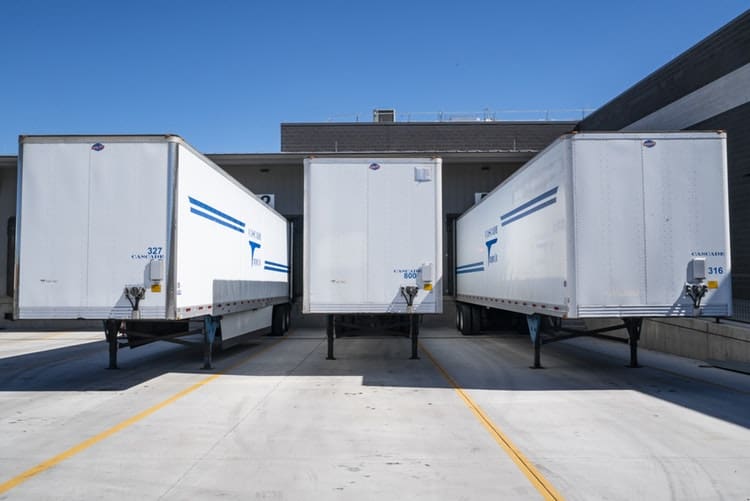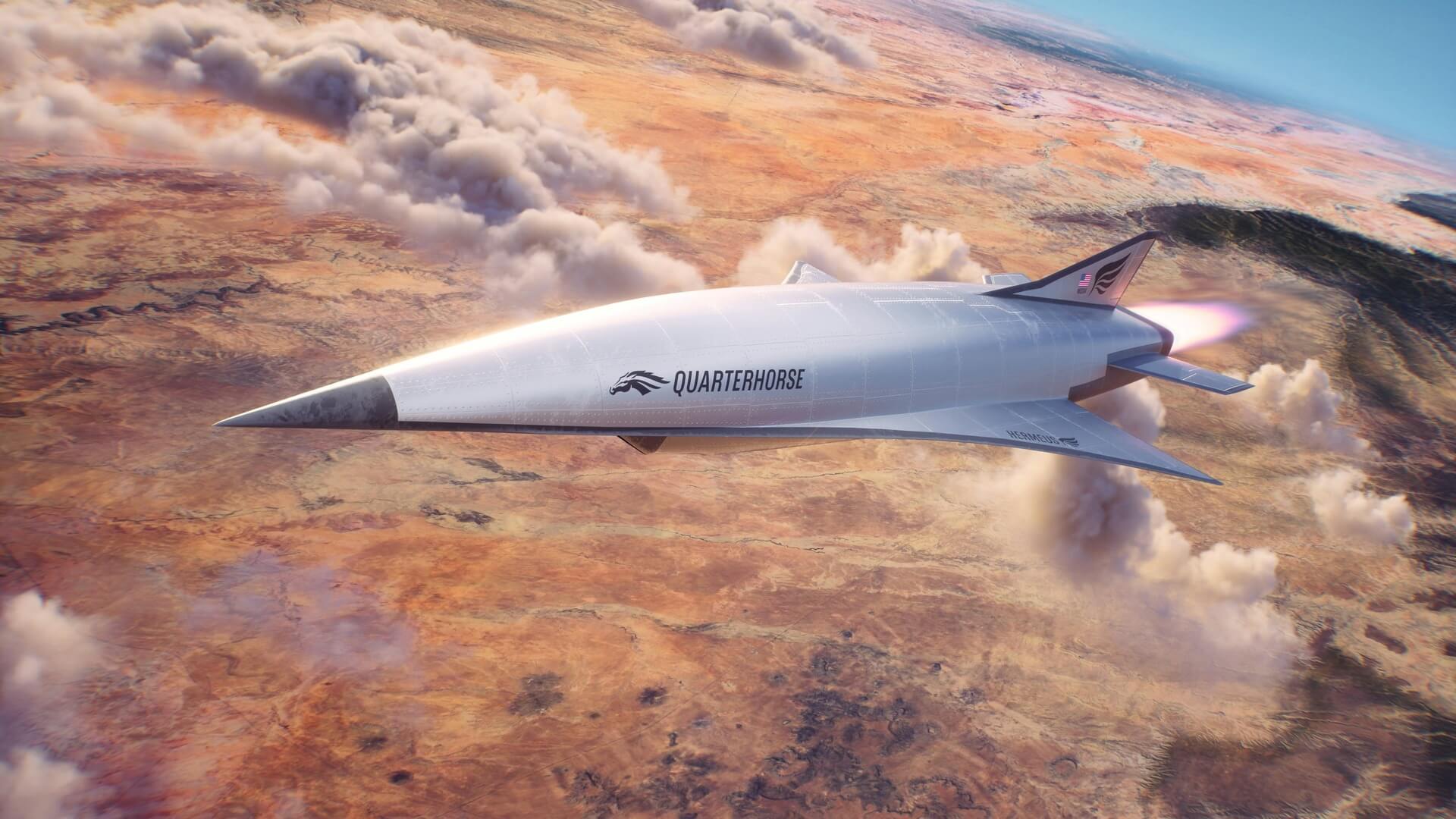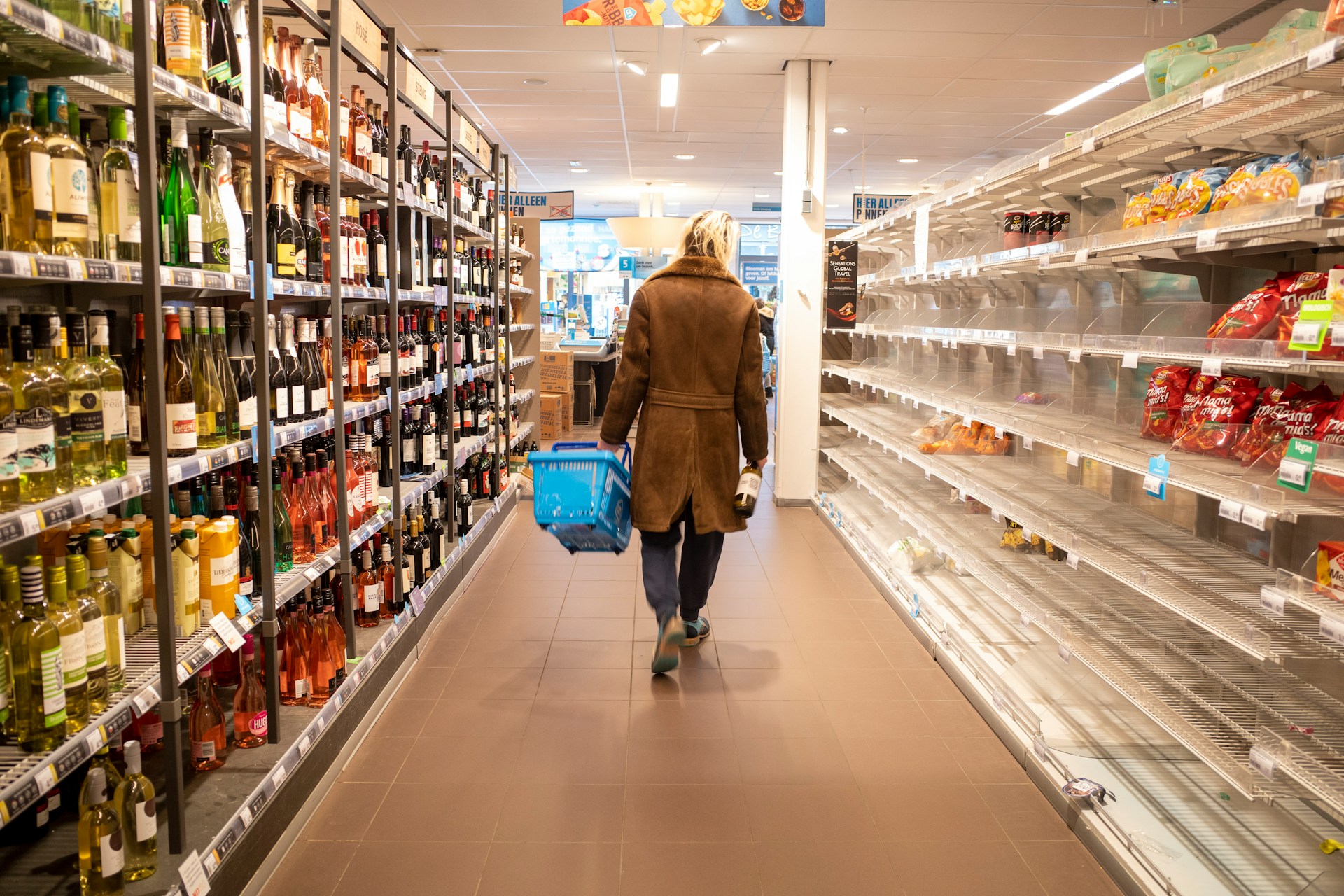
How to Overcome Key Challenges Facing Logistics Today
December 31, 2018 - Emily Newton
Revolutionized is reader-supported. When you buy through links on our site, we may earn an affiliate commission. Learn more here.
The logistics and transportation industry is growing and changing every year as companies adopt new technologies and innovators invent new techniques. Despite these advances, there are still plenty of challenges facing the industry. What are the key challenges facing logistics today, and what are some strategies to overcome them?
Fuel/Transportation Costs
While fuel isn’t as expensive as it was 10 years ago, fuel costs — especially diesel fuel costs — are still rising, which increases the cost of logistics. That presents a problem for shipping companies. One of the most significant concerns in the industry is reducing transportation costs.
One way to overcome this challenge is to invest in fuel-efficient vehicles. Biodiesel or even electric trucks can help reduce fuel costs, and they are becoming more affordable every year. Many large logistics companies are switching from diesel fuels to more energy-efficient alternatives like natural gas, biodiesel and even electricity. CSR, for example, has doubled the size of its natural gas rental fleet since 2013, and FedEx is trying to reduce its use of jet fuel by 30 percent by 2020, choosing alternative fuels instead.
Driver Shortage/Labor Costs
The lack of new drivers is one of the most considerable hurdles facing logistics today. Trucking is very much an old boy’s game — fewer than 6 percent of truck drivers are women, and more than 60 percent of them are white men over 45. The driver shortage is becoming even worse as older drivers reach retirement age.
Thankfully, there are plenty of options to help companies overcome this challenge. Offering better pay, more flexible hours and a better work/life balance can entice new drivers of all ages, genders and ethnicities. Companies need to focus on creating a work environment that is welcoming and flexible. Millennials, notably, will comprise the majority of the workforce in the next decade — they are one of the largest generations, making up 35 percent of the labor force as of 2016. This same generation also prioritizes creating a healthy work/life balance, which is difficult to do with standard trucking schedules.
Vendor/Supplier Relationship Management
The relationship between the vendor or supplier and the logistics company is more important now than it’s ever been before. The key here is to create a set of standards both the supplier and the company they are supplying can agree on. One way to overcome this challenge is to build and maintain a mutually beneficial business relationship, and the foundation of that relationship is open communication.
Another step companies can take is to understand your vendor’s businesses. Their goals are primarily the same as yours — supply a product and turn a profit. Learning their business will help you build that strong relationship you need to allow both companies to succeed and thrive.
Supply Chain Visibility
Transparency in the supply chain has become more accessible than ever — and more critical. Eco-conscious consumers are refusing to buy products made from materials that are unsustainable or come from unethical sources. Refusing to be transparent in your supply chain is just as bad, in the eyes of consumers, as using unsustainable sources.
The easiest solution for this challenge is to be as transparent as possible with your supply chain, and insist on full transparency from your suppliers as well. It might take some work — and choosing some new suppliers if the ones you’re working with refuse to offer transparency — but it can help build your business by bringing in new customers who are fleeing other companies that don’t choose to be transparent in their supply chains. Transparency is no longer optional in today’s marketplace.
Technology Strategy Implementation
Logistics and transportation technology is changing almost faster than we can keep up. That isn’t a bad thing — new technology can help a logistics company run more efficiently and smoothly, but implementing new technologies can be problematic at best and disastrous at worst.
Taking time to test new technologies, and even bringing in a professional, can help make the transition process more manageable. The biggest key challenge facing logistics today, as far as technology is concerned, is a lack of training and trying to speed through the implementation process to get the technologies on the floor as quickly as possible. Take your time and don’t skip steps.
Environmental Issues
Like transparency, a focus on ecological issues is paramount in today’s economy. Many of the problems we’ve already discussed — such as fuel costs and transparency — all tie into one overarching theme: environmental preservation. These concerns are the reason many companies have chosen to add an environmental component to their supply chain.
The simplest way to address the challenge of becoming eco-friendly is to look at your processes and see where you can make a change. If fuel costs are a concern, take steps to improve the fuel efficiency of your vehicles. If you want to achieve a smaller carbon footprint, consider switching to alternative green energy. It all starts with being willing to look at your current procedures to see where you can improve.
Government Regulations
Government regulations are the final key challenge facing the logistics industry today. Whether you’re hauling hazardous substances or concerned about recyclables, regulations cover all your bases. It is essential to be aware of these regulations so you can be sure to adhere to them.
One way to tackle this challenge is to seek help from a lawyer who specializes in government regulations. That may be an additional expense, but it can save you from violating the rules, which could cost hundreds or thousands of dollars in fines.
Running a company in the logistics industry might seem complicated, but with proper preparation and maybe the help of a few professionals, you can succeed and even thrive in this growing and changing industry. It isn’t always easy, but logistics and transportation companies keep the country running so it’s important to develop a strategy to address key challenges facing logistics today.
What’s your strategy for handling key challenges facing logistics today? Let us know in the comments below!
Revolutionized is reader-supported. When you buy through links on our site, we may earn an affiliate commission. Learn more here.
Author
Emily Newton
Emily Newton is a technology and industrial journalist and the Editor in Chief of Revolutionized. She manages the sites publishing schedule, SEO optimization and content strategy. Emily enjoys writing and researching articles about how technology is changing every industry. When she isn't working, Emily enjoys playing video games or curling up with a good book.







Good content. Thank you so much for sharing this article. Very informative and helpful. Good job.